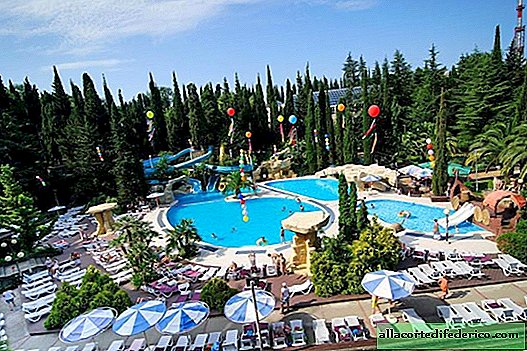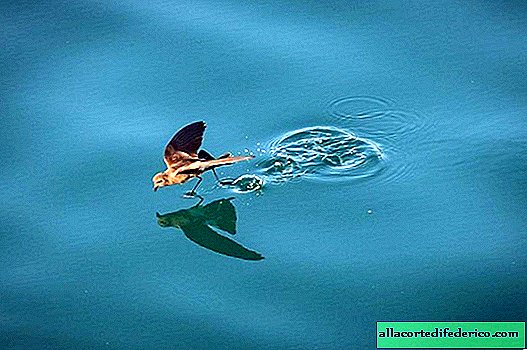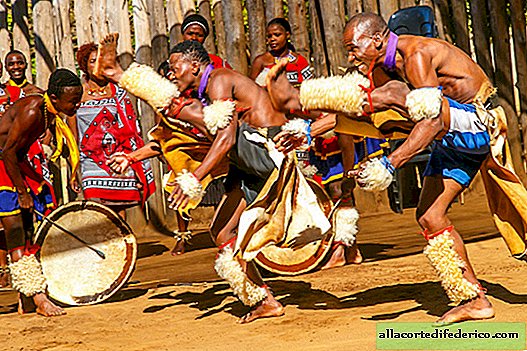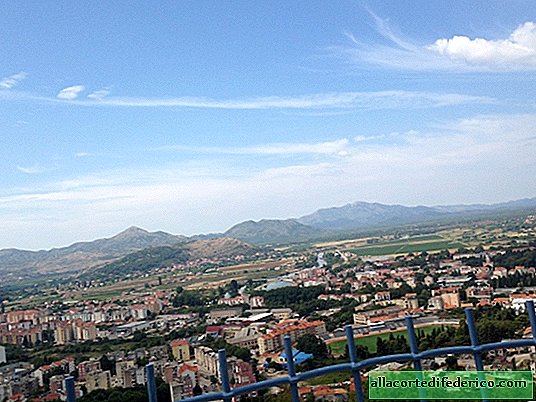Russia comes first: scientists have calculated the area of nature untouched by man
Just a century ago, only 15% of land was used for growing crops and raising livestock. To date, more than 77% of land (the calculations did not take into account the area of Antarctica, within which there is no permanent population) and 87% of the ocean are affected to some extent by human activity. Such data leads the online edition of Nature.
According to the results of the research, scientists compiled a map of the regions of the planet that were not affected by the economic activities of people and on which natural landscapes are located in their natural state. This is not only the territory of reserves and national parks, but also regions with traditionally low population density and extremely low level of development of the territory. In the modern world, when people need to build cities, develop industry and annually increase the area of agricultural land, plots with unspoiled nature are becoming increasingly important for the planet. Natural ecosystems are the gene pool of plants and animals, providing biodiversity and creating the prerequisites for sustainable development of the entire planet. In addition, pristine natural landscapes are the main tourist potential of certain regions of the planet.
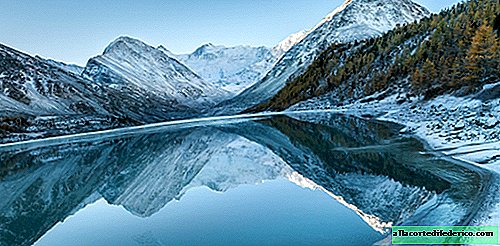
Based on the results of the collective work of scientists, a map of the world was compiled, which shows regions with pristine natural landscapes.

These are primarily underdeveloped territories of boreal coniferous forests and tundra in the northern hemisphere, which are located mainly in Russia and Canada. It was Russia, according to researchers, that took the first line of the rating of countries with the largest areas of natural ecosystems. Then Canada goes by a small margin, Australia closes the three leaders, within which lies a vast territory of deserts, unsuitable for human life.

Next come the United States, which occupy the 4th place solely due to the large area and sparsely populated state of Alaska, with its coniferous forests and tundra landscapes of the Arctic coast. Well, in fifth place is Brazil, in whose Amazonian jungle there are still many places that are not affected by the influence of civilization.
According to experts, almost the entire territory of Europe, with the exception of some regions in Scandinavia and on the island of Iceland, has lost its pristine landscapes. The same can be said of many countries in Asia. Alpine or extremely arid regions remained intact in Mongolia, western China and the Arabian Peninsula.

